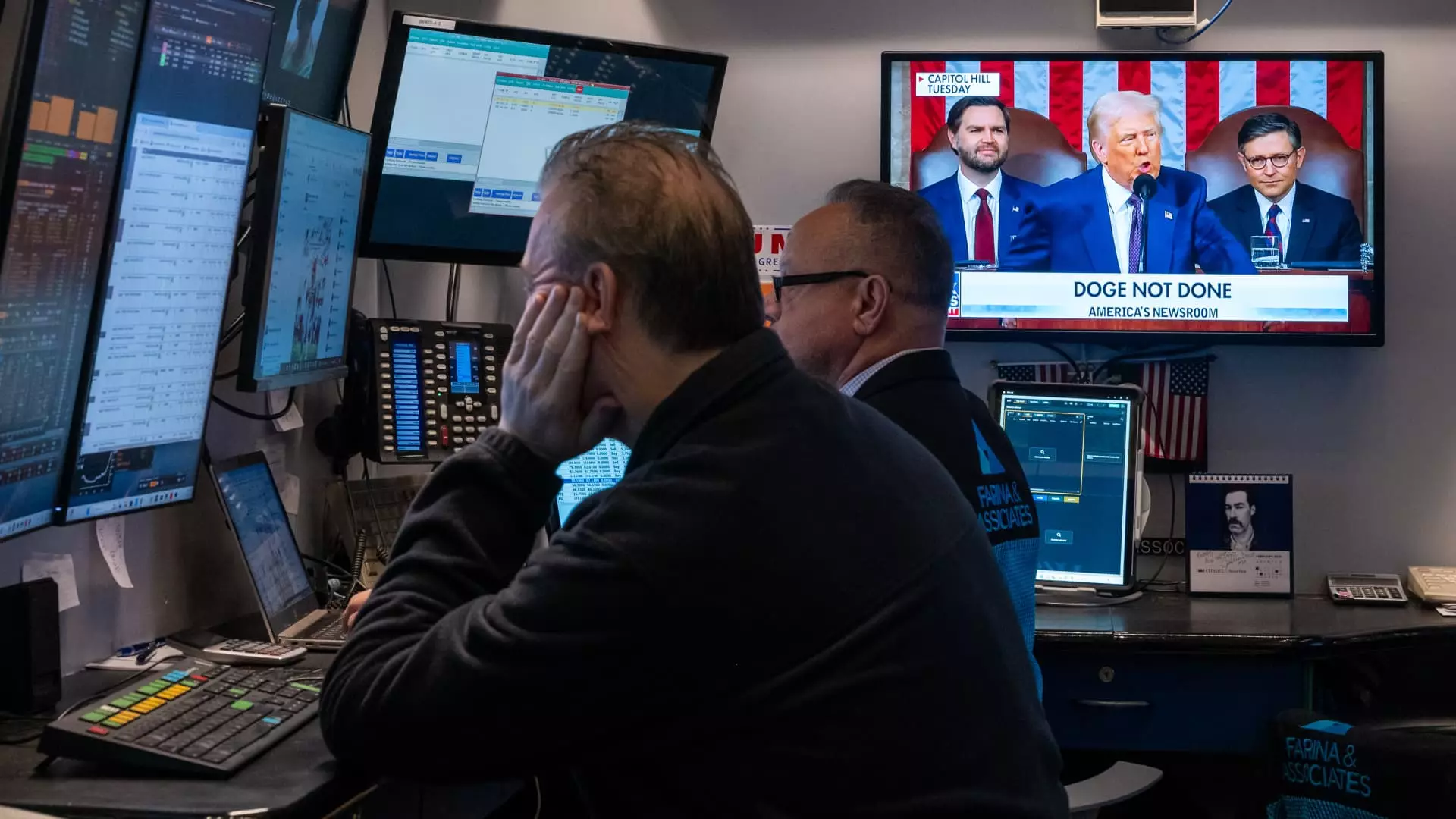The financial landscape is undeniably perilous, with investors seeking refuge amidst an atmosphere fraught with volatility. It is within this complex backdrop that Goldman Sachs has rolled out its U.S. Large Cap Buffer 3 ETF. With a promise to cushion investors against losses while simultaneously allowing for moderate gains, it appears to be a tempting offer. However, a closer examination of this product raises critical concerns about its actual effectiveness and its long-term ramifications for investors.
A Hedge or Just a Band-Aid?
The question many investors should ask is whether these buffer ETFs genuinely provide the safety nets they tout. While Goldman Sachs touts them as innovative financial products designed to shield investors from losses between 5% and 15%, one must consider how such parameters impact potential returns. The facade of downside protection might lead some investors to misjudge the risks involved. With a design that resets quarterly, this strategy could lull investors into a false sense of security, allowing them to overlook the inherent volatility of equity markets fueled by geopolitical tensions and fluctuating economic policies.
Bryon Lake’s Vision or Profit Motive?
Bryon Lake, who orchestrated the launch, emphasizes the importance of these traditional strategies yet comes from a background that shouts profitability over prudence. Having transitioned from JPMorgan’s global ETF division, one must wonder whether Lake’s commitment is to safeguard investor wealth or to advance Goldman Sachs’ bottom line. It’s critical to recognize that firms like Goldman often operate with self-interest in mind. The question that lingers is whether this new ETF stands as a genuine conduit for investor protection or if it primarily serves as a profit-generating tool for the firm.
The Performance Paradox
Since its inception, the Goldman Sachs U.S. Large Cap Buffer 3 ETF has already faced a decline of about 3%. In the same vein, the S&P 500 has responded with a drop of nearly 4%. These figures raise eyebrows regarding the ETF’s effectiveness. Is it truly fulfilling its promise of protection, or does it merely provide the illusion of security while underperforming against the broader market? For investors who are seeking assurance, this performance paradox serves only to escalate their anxieties rather than quell them.
Long-Term Implications: A Gamble on Stability
As we navigate this period of uncertainty marked by tariffs and global instability, it’s imperative to scrutinize these new investment vehicles critically. While the notion of downside protection lures many, one must consider the potential pitfalls inherent in products that might create a reliance on “safety nets.” The ramifications of widespread adoption of such innovations could lead to a complacency among investors, pushing them to neglect fundamental aspects of risk management.
The allure of Goldman Sachs’ buffer ETF seems palpable, yet the undercurrents suggest it could be more of a gamble than a secure investment. In a world where unpredictability reigns, safeguarding capital should not involve adhering to structures that could ultimately backfire. Investors must weigh the risks of short-term safety against the backdrop of a turbulent market landscape that often doesn’t favor fleeting strategies.

Leave a Reply